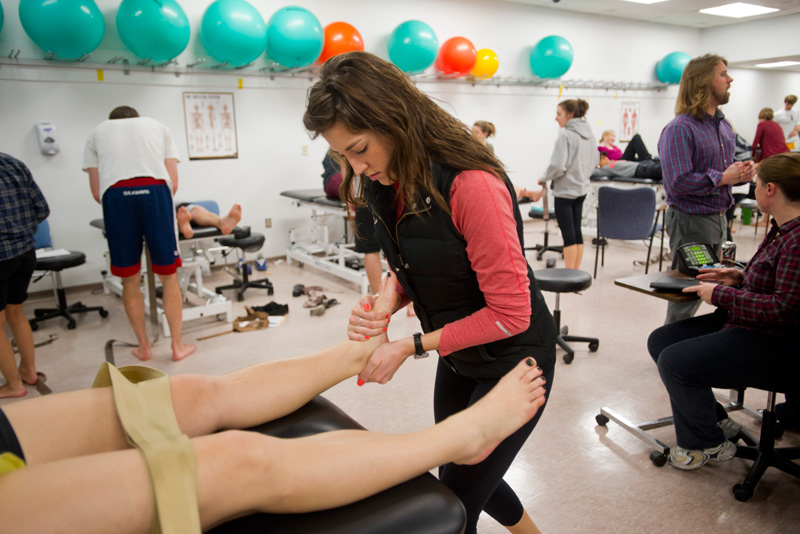More Attention Needed for Implementation Research

If clinicians want to speed the rate at which evidence-based practices drive improvements in physical therapy and rehabilitation, funders and researchers need to direct more attention to “designing and using active implementation strategies to consistently deliver to our patients what is already known to work,” a Boston University School of Public Health researcher writes in the journal Physical Therapy.
Alan Jette, professor of health law, policy and management and director of BU’s Health & Disability Research Institute, writes that while there are “major gaps” in scientific knowledge, “even more disturbing is the fact that an enormous amount of existing scientific knowledge remains unused in practice.” He cites a frequently quoted statement about the lag between publication and adoption of research: only 14 percent of original research is applied for the benefit of patient care, and that takes 17 years, on average.
“There is consensus that the transfer of evidence from proven health care discoveries to patient care is unpredictable and highly variable and needs to be accelerated,” he says in the editorial.
Jette discusses the “passive dissemination” of research findings, saying this is the most often-used approach, despite its ineffectiveness. Meanwhile, “Type 2 (T2) translational research,” which arose from concerns that many clinical research discoveries in academic medical centers never find their way into commonly accepted medical practice, reflects “a push to get these discoveries accepted in practice so that they actually improve health.” Unfortunately, Jette adds, funding for T2 research has been overshadowed by another kind of translational research (T1) that focuses on taking basic science discoveries and doing more research involving human subjects.
Jette advocates for “implementation research,” which seeks to promote the uptake of evidence-based practices into clinical practice guidelines. He cites a 2015 example of such implementation research, in which researchers developed a behavioral intervention to increase the use of upper-limb exercise in stroke rehabilitation. The research team worked directly with clinical staff to pilot and refine the intervention, and a trial is underway to evaluate its effectiveness, Jette says.
“Several considerations guide the choice of implementation intervention: effectiveness, resources required, appropriateness to practice context, and overall cost,” he writes.
Jette notes that while there is no consensus on the key components of implementation research, many research models include steps such as identifying gaps in care and barriers to consistent use of evidence-based guidelines, developing and implementing an intervention to improve performance, and evaluating outcomes.
Comments & Discussion
Boston University moderates comments to facilitate an informed, substantive, civil conversation. Abusive, profane, self-promotional, misleading, incoherent or off-topic comments will be rejected. Moderators are staffed during regular business hours (EST) and can only accept comments written in English. Statistics or facts must include a citation or a link to the citation.